Which drive system is the best for E-road bikers? The big differences in terms of power, torque, battery capacity, noise, usability and riding characteristics show that manufacturers have many different interpretations of what makes the perfect E-road bike. Nonetheless, there are still some unifying trends. We tested the five most important E-road bike motors on the market and found out which one is right for you.
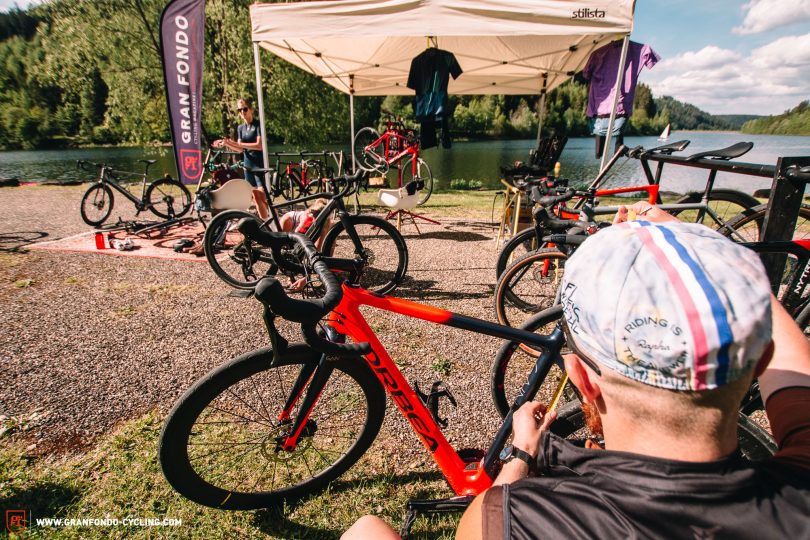
Watt’s it all about? The most important motor specs explained
E-road bike motors are marketed with a lot of specs and data that promise to describe their performance. While riding characteristics and handling can’t really be interpreted from these values, they do provide a rough and ready way to compare motors against one another. We’ve already taken a look at what those specs mean and what you should look out for in our E-road bike fundamentals article, so we won’t explain them further here. However, we’ve given you an overview of the key data for the motors we tested in the table below.
| Motor | Type | Assistance modes | Torque | Maximum support level | Battery capacity |
|---|---|---|---|---|---|
| Bosch Active Line Plus | Mid moto | 4 | 50 Nm | max 270 % | 300, 400, 500, 625 Wh |
| Ebikemotion X35 M1 | Hub motor | 3 | 40 Nm | N/A | 250 Wh |
| FAZUA Evation | Mid motor | 3 | 60 Nm | max. 240 % | 250 Wh |
| Specialized SL 1.1 | Mid motor | 3 | 35 Nm | max. 100 % | 320 Wh |
| Shimano STEPS E8000 | Mid motor | 3 | 70 Nm | ≈ 300 % | 504 Wh |
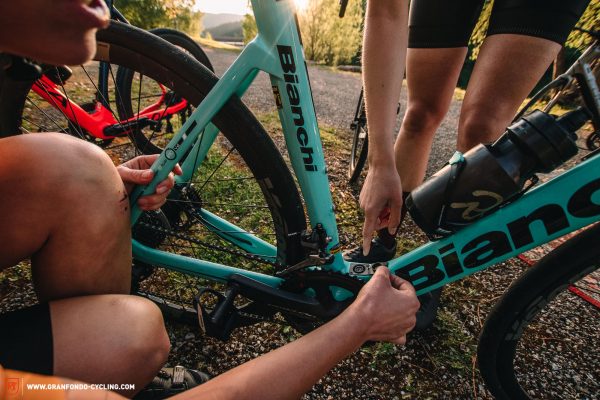
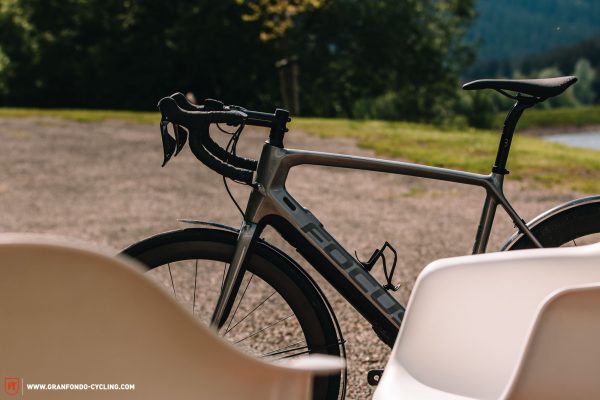
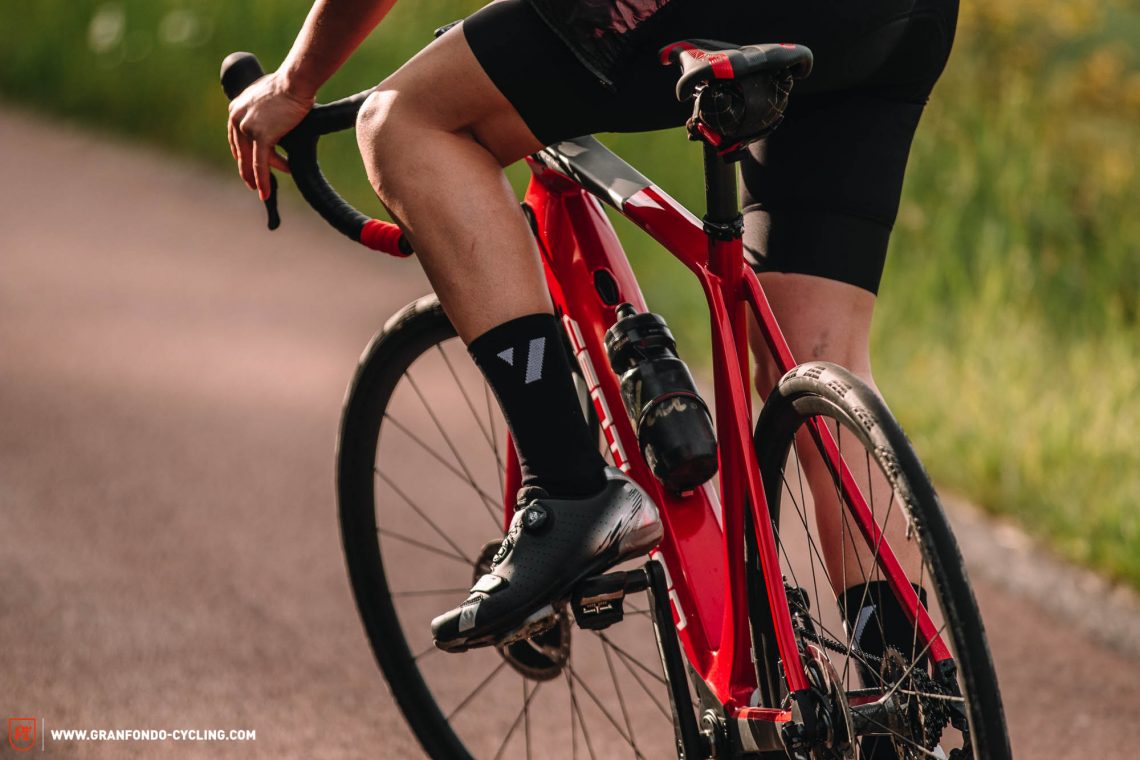
| Motor | Noise generated | Battery removal required for charging?1 | Removable battery?2 | Resistance above 25 km/h | Optimal cadence range 3 |
|---|---|---|---|---|---|
| Bosch Active Line Plus | Little | Yes/No | Usually yes | Not noticeable | 75 – 85 rpm |
| Ebikemotion X35 M1 | Middle | No | Yes, by an approved dealer | Not noticeable | optimal range between 15–25 km/h |
| FAZUA Evation | Middle | Yes | Yes | Not noticeable | 70 – 90 rpm |
| Specialized SL 1.1 | Little | No | Yes, by an approved dealer | Not noticeable | 70 – 110 rpm |
| Shimano STEPS E8000 | Middle | No | Usually yes | Very little | 70 – 90 rpm |
1Bosch Aktive Line Plus: Depending on the frame.
FAZUA: At the least needs to be folded out.
2Ebikemotion and Specialized SL 1.1: By an approved dealer.
Ebikemotion:Speed-dependent, optimal range between 15 – 25 km/h.
What makes a great E-road bike motor?
Construction and weight
The best motor is only as good as the bike it is fitted to. That said, the size of the motor can also have a big influence on the riding characteristics. Compact motors provide more flexibility for designers in terms of frame design. Additionally, it’s not just the weight of the motor and battery, but also where they are positioned that has a big influence on how a bike handles. If the centre of gravity is as low and central as possible, then the bike will ride more naturally. If the weight of the system results in a centre of gravity that is shifted too far forwards or too high, then it impinges noticeably on the handling of the bike and it can feel like you have to fight the additional weight of the system.
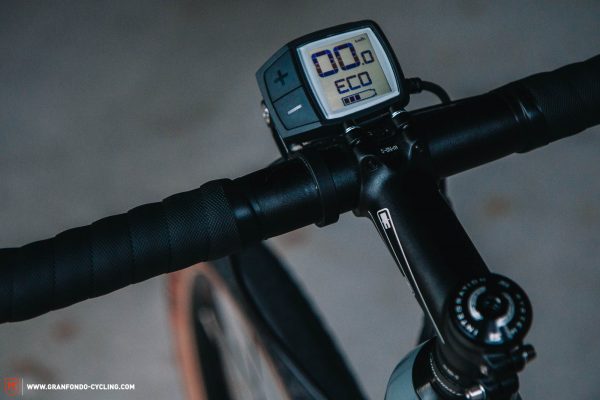
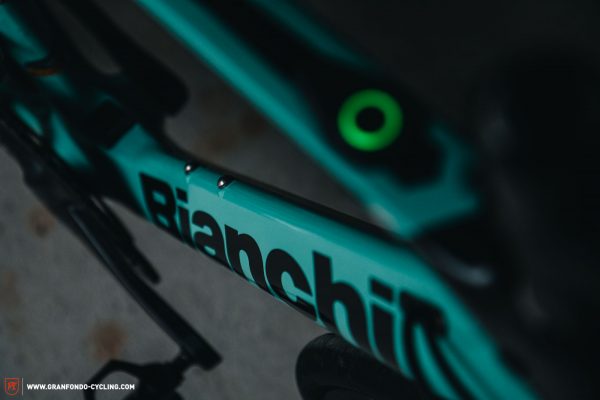
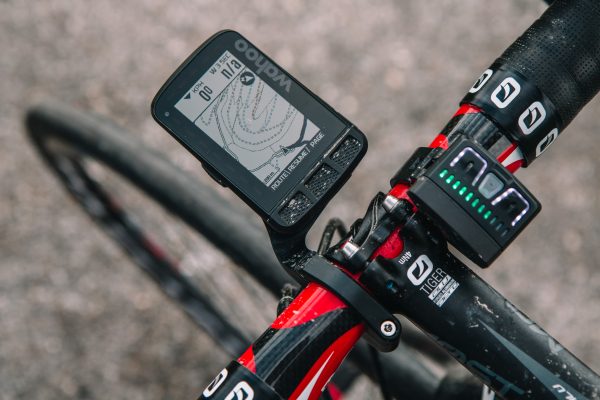

Displays and remotes
Both displays and remotes are available in a whole spectrum of options from minimalistic, fully-integrated solutions to large control centres filled with features and apps. For all the systems here, bike manufacturers must use the cockpit solutions offered by each motor supplier. Shimano and Specialized provide the option to completely forgo a bar-mounted remote as long as your Bluetooth connected smartphone is provided in its stead. As a customer, you also have the option to customise the cockpit to your personal preference with plug-and-play components. Despite the large variety of displays on offer, E-road bikers will face the same problem again and again. The remote is often not easy to reach, or so clunky that it ruins the lines of the bike it is on. You’ll also often find the display mounted at points where you would usually put your bike computer – it seems a fight for the best handlebar real estate is inevitable. We often find that the readability of displays can be affected in strong sunlight. Sadly, complete integration of the system into the GPS display you already have on your bike is currently just a pipedream. However, Specialized’s system can already transmit power, cadence and speed data to a number of devices. The Turbo Connect display also offers a good summary of your riding data, but can’t currently be used for navigation. We would like to see a display that combines these different elements, from the functions of your GPS (i.e. navigation) to the display of key riding data from the motor. There’s still huge room for improvement here.

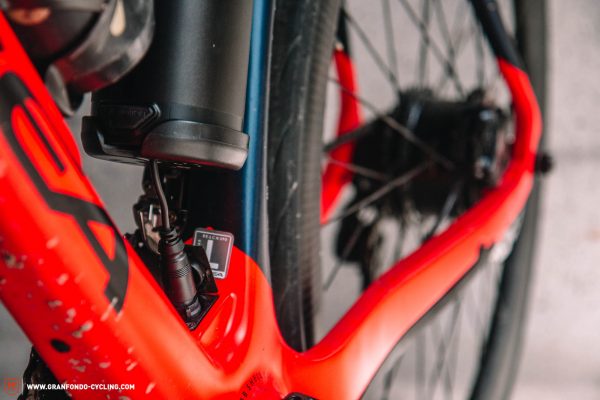
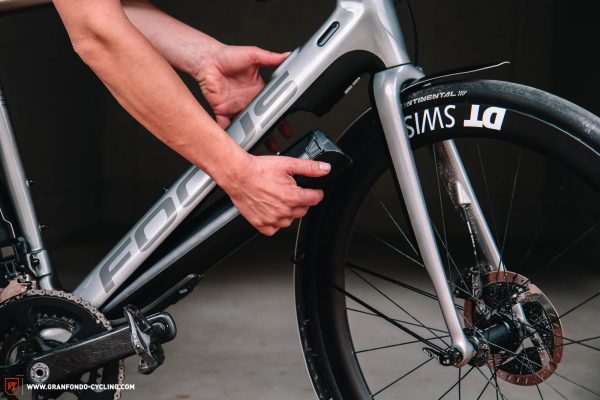
It’s not all about the battery: range
Obviously, a big battery with lots of capacity can provide more juice and provides better range. You’ll find battery capacities range from 250 Wh for FAZUA and Ebikemotion, 504 Wh for Shimano to between 300–625 Wh for Bosch models. In addition, manufacturers like Ebikemotion or Specialized offer additional range-extender batteries which can be mounted in your bottle cage and increase your range with up to 250 Wh capacity. However, it’s important to note that range doesn’t just depend on the size of your “tank”! Consumption, efficiency and power of the motor, along with around 20 other variables – amongst these, rider weight and time spent above the 25 km/h assistance limit – are all deciding factors in how far you can go. That’s why it’s almost impossible to make a general statement about range. You can find a more detailed discussion about this in our feature “The truth about lab tests”.

Which system: hub or mid motor?
In contrast to the eMTB sector, the E-road bike market is still fresh-faced and finding its feet. That also means that there is a diverse range of systems available. Bosch, Shimano and Specialized choose to use mid motor drives which create a centrally positioned centre of gravity and integrate the bottom bracket into the motor. FAZUA use their own bottom bracket/gearbox arrangement integrated into the frame, that is driven by a removable battery and motor unit. This system allows FAZUA bikes to quickly shed the 3 kg weight of the motor and battery and be converted to what is effectively a normal, unpowered road bike.

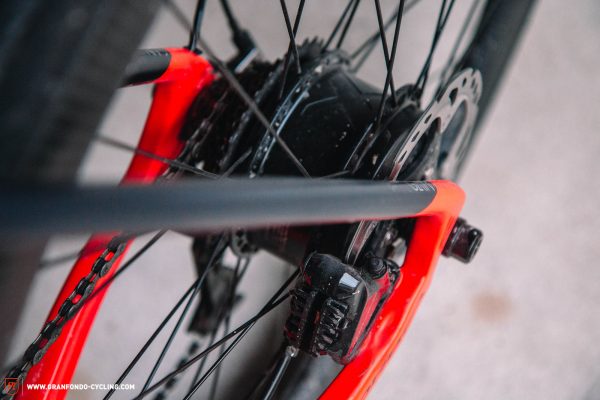
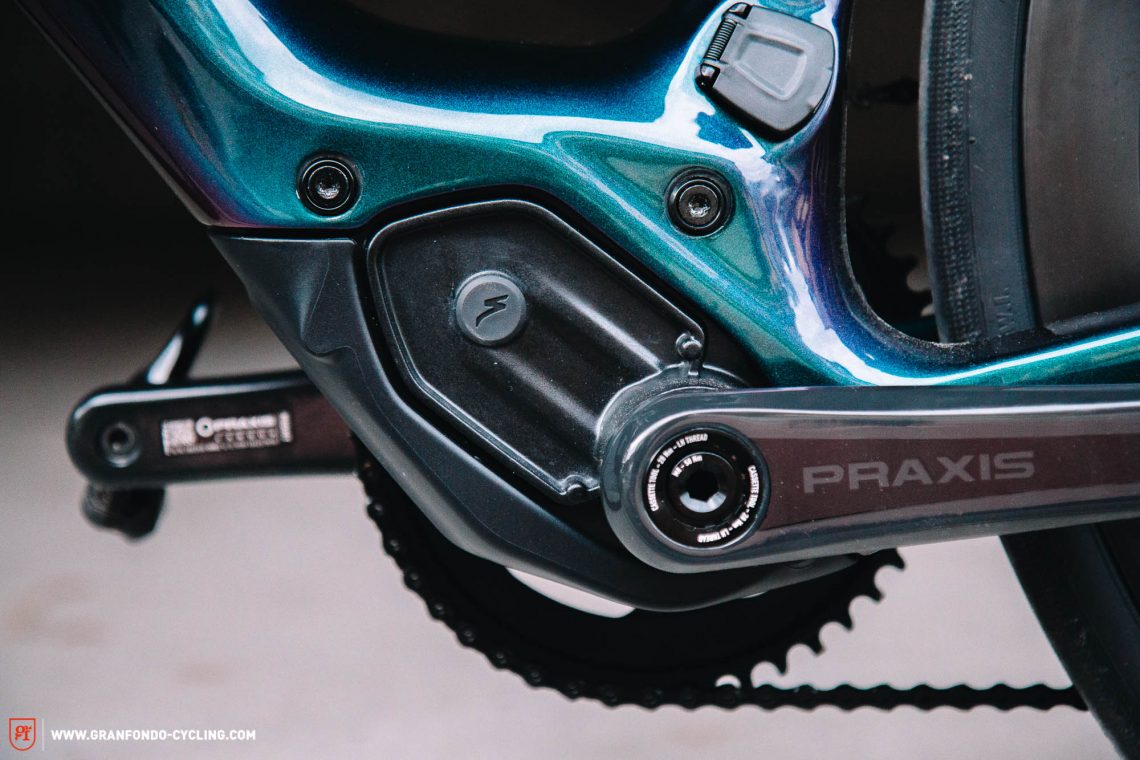
The MAHLE Ebikemotion system uses a hub motor. This means a standard bottom bracket can be used, with the battery fitted inside the down tube and the motor inside the hub of the rear wheel. This configuration allows bike manufacturers to design frames with a slim silhouette similar to a normal road bike. Additional advantages include the standard bottom bracket which allows for normal Q-factors and the light weight of the system which allows Ebikemotion-equipped bikes to weigh comfortably under 12 kg. However, the battery is permanently fixed inside the closed down tube and has to stay in the bike to be charged – as such, you’ll need power sockets near to where you store your bike. In our test we found a few other things that you should consider before buying your bike. The speed of a hub motor is dependent on how fast your wheels are turning. Unfortunately, that means that on steep slopes, where your wheels are turning slowly but you generally need the most support from the motor, it produces the least power! That’s because at low speeds, the hub motor isn’t operating in its most efficient rpm range, resulting in increased power draw, increased heat, and decreasing assistance.
Mid motors are usually muscle men of the competition. The higher torque and larger batteries might indicate clear superiority on paper but are inevitably associated with a higher total weight. In practice, mid motors also have their own quirks. The Specialized system requires the battery to stay in the frame to be charged, though it can usually be removed for Shimano and Bosch systems. For the latter two, that depends on how the bike manufacturer has decided to fit the battery as not every model has necessarily been designed with battery removal in mind. The FAZUA battery is charged either by putting the drive unit into the charging position i.e. half open, or completely removing it from the frame. Additionally, mid motors unavoidably transmit more noise due to their integrated position on the bike with the frame effectively acting as a resonator. That means that a rider will perceive a hub motor as quieter (even if it actually produces more noise) because it is further away from your ears and is easily drowned out while riding. However, the position of a mid motor is advantageous because even with the increased weight, the centre of gravity can be made to be central and low. All that to say that a mid motor isn’t categorically better or worse, but in the end relies heavily on how the bike manufacturer implements their particular solution. That brings us to our final point. Mid motor systems require space for batteries that are relatively large. Manufacturers such as FAZUA and Bosch with its InTube batteries offer integrated solutions, but that can require significant modification of the tubesets to make the batteries accessible. The typical open tube design means a reduction in torsional stiffness and in turn means that tubes have to be beefed up to achieve the same strength. Tolerances and clearances are also an important consideration: the Fazua system, which requires a down tube that opens over almost its whole length, depends on measurements accurate to just a few millimetres to fit correctly.
Specialized and Ebikemotion both integrate the battery into a closed down tube. That might mean that the battery can only be removed by professional mechanics, but in turn, the strength and structural integrity of the frame is improved. To ensure good handling and performance, manufacturers continue to work on the challenges they face in terms of battery integration. While this is undoubtedly a key consideration, our test aims to consider only the motor performance of the systems we have looked at.
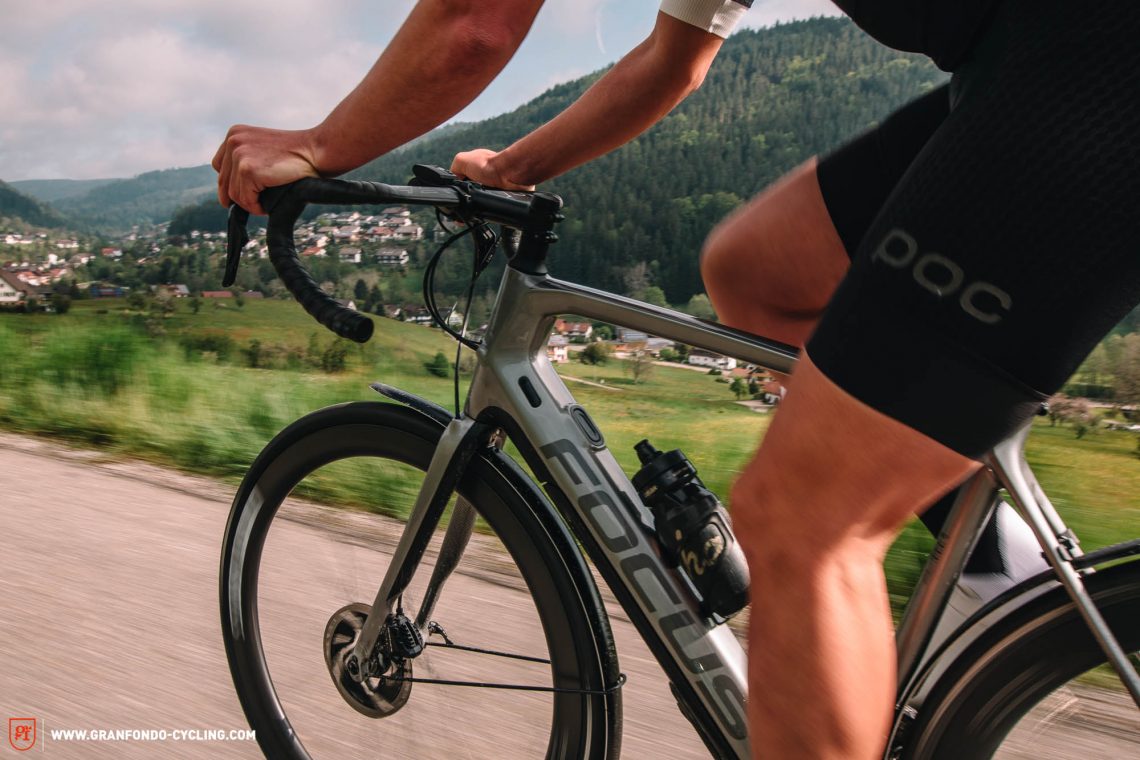
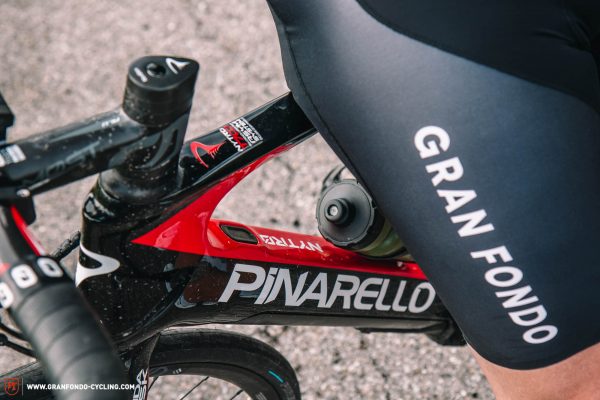

The test: what did we look at?
During our search for the E-road bike motor with the best overall performance, we made use of the collective E-wisdom of our colleagues at E-MOUNTAINBIKE Magazine. Having persuaded our hairy-legged mountain bikers to squeeze into bib shorts, we got to the task in Baiersbronn in the Black Forest. We didn’t just look at how much assistance the motors provide, but how each performs at different cadences and speeds and where they produce peak power. After all, the cadence doesn’t just influence the maximum power of the motor but also the efficiency of the system. Ideally, the maximum efficiency of both motor and rider should fall in the same range for a pleasurable riding experience. The behaviour of the systems above the 25 km/h assistance limit, particularly for a road bike, was also of concern. How smooth is the transition between support and no support? Is the change imperceptible or obvious? Similarly, the noise produced by the different systems is just as important as their integration and ease of use. We’re looking for holistic solutions that offer a complete and well thought out design. We also paid close attention to how natural the motors feel to ride. How wide is the Q-factor? What are the riding characteristics of the system? How does it compare to a “normal” road bike? Last but not least, the ease of charging as well as overall ease of use and features such as connectivity, apps, display and remote options were scrutinised. We want to see a complete and adaptable ecosystem that offers lots of features to the end-user.

So what’s the best E-road bike motor?
The fact is, that the market for E-road bikes is in its infancy and is still defining itself. The big differences in terms of power, torque, battery capacity, noise, usability and riding characteristics seen in the systems tested here make it clear that different manufacturers have different ideas of what an E-road bike should be. How good or bad an E-road bike drive is will depend strongly on what kind of E-road bike you are looking for, as well as how successfully the manufacturer has integrated the system into their overall concept. The good news is that the market already offers several good E-road bike solutions that we can happily recommend. However, the fact that the sector is still finding its feet means that the perfect system doesn’t yet exist. Most motors tested here have already been available for some time but in terms of E-road bike use and integration are only in their first generation. While various systems have been adopted form the eMTB sector, basically none are designed specifically for the requirements of an E-road bike. That means it’s too early to crown a definitive winner. Instead, we discuss our experiences and results with the most relevant concepts and designs currently available. In turn, you’ll be able to identify the E-road bike system that best fits you and your needs!
All motors in test: Bosch Active Line Plus | Ebikemotion X35 M1 | FAZUA Evation | Specialized SL 1.1 | Shimano STEPS E8000
This article is from GRAN FONDO issue #012
GRAN FONDO Cycling Magazine is published in a digital app format in both English and German. Download the app for iOS or Android to read all articles on your tablet or smartphone. 100% free!


Did you enjoy this article? If so, we would be stoked if you decide to support us with a monthly contribution. By becoming a supporter of GRAN FONDO, you will help secure a sustainable future for high-quality cycling journalism. Click here to learn more.
Words: Benjamin Topf, Felix Stix Photos: Robin Schmitt









